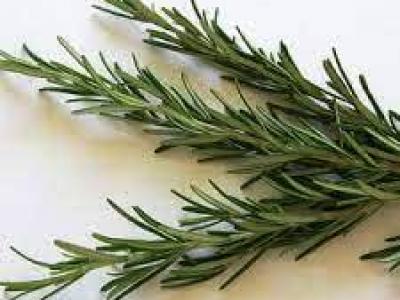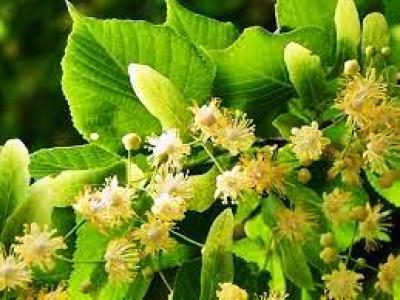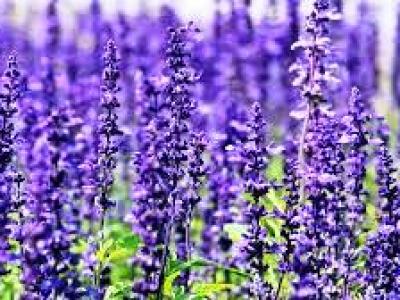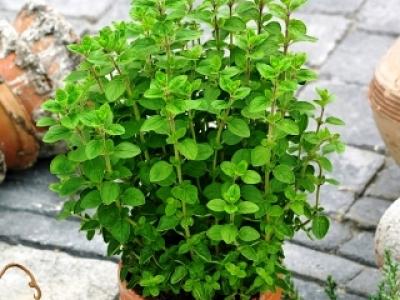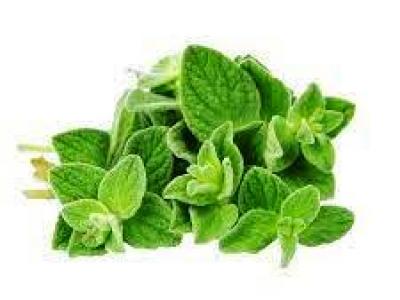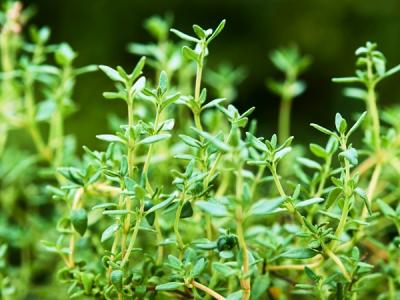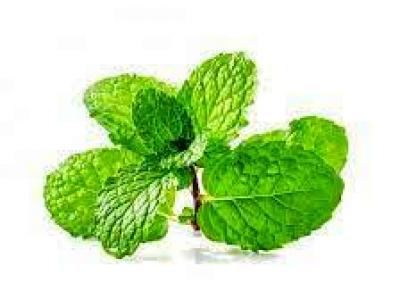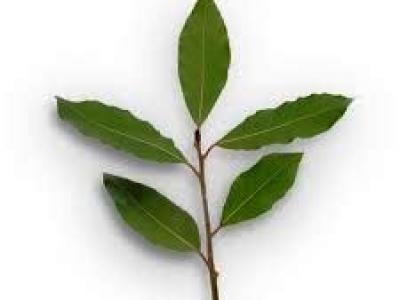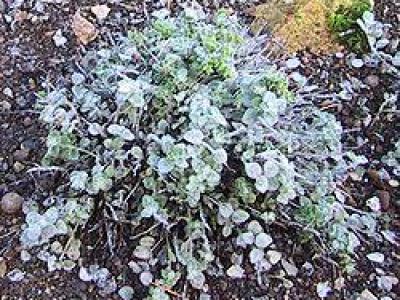Cretan herbs
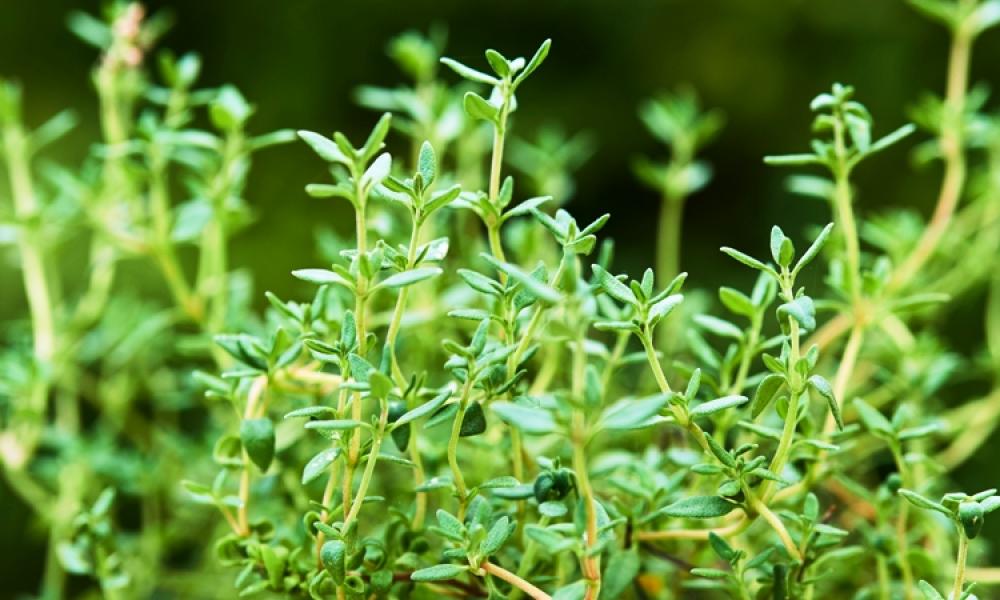
Cretan herbs are a great tradition on the island. Botanical studies have revealed that Crete has one of the richest and most interesting ecosystems in Europe, with a large number of endemic plants, such as “Malotira” and “Dittany”.
The amazing herbs of Crete grow on the steep mountains of the island. Then, they are collected by experienced collectors, dried under natural conditions and packed in modern packaging, without any chemical or other treatment. In Crete today, numerous herbs have been used since antiquity as medicinal plants.
There are many texts by ancient authors referring to the exceptional therapeutic properties of Cretan herbs. If you choose a location for your holidays in Crete, surrounded by nature, we would recommend you go hiking. In less than an hour, you will see most of the popular herbs described below. So, why not learn how they are and what properties they present for you to be able to collect them?
Cretan herbs
1) Malotíra or Siderítis
malotira-Cretan herbs It is one of the most characteristic Cretan herbs, known throughout Greece, as the “mountain tea”. It grows in dry places around the mountains and is an important fodder. “Malotíra” is collected in July, during the period of its flowering. In ancient times the name “siderítis” was referring generally to the ability to heal wounds caused by metal objects. The word “malotíra” comes from the Venetian period in Crete (male = illness, tirare = drag). Its tea is used against colds, as a medicine for the stomach and also as a diuretic. Try it with honey!
2) Díktmoa or Érontas (Dittany)
Diktamo - Cretan herbs
Is also an endemic herb of Crete called “Erontas” or “stomach herb”. It has been known since ancient times and was used in the cure of stomach aches and the healing of wounds, as it is mentioned by Hippocrates, the Father of Medicine. It is said that when the wild animals are injured, they rub their sore on the plant and it is healed right away. “Díktamo” grows on steep slopes and cliffs, so its collection is quite dangerous. It grows and is collected during the summer months. Today, we drink it mainly as a beverage but it is also used in making other beverages.
3) Faskómilo (Sage)
faskomilo - Cretan herbs
It is one of the most popular Cretan herbs, with excellent flavour. It flowers in May and June with purple-blue flowers. It has been known since antiquity for its medical properties. It is used in cooking to flavour various dishes, mainly meat.
4) Mantzourána (Marjoram)
mantzourana - Cretan herbs
“Mantzourána” grows in July and August and is collected in the same period. It is used in pharmacy, cooking, and perfumery. It has similar properties with thyme and since ancient times, it was used for the cure of nerve disorders and is ideal for the treatment of colds. It is often served as a beverage mixed with “malotíra” tea
5) Rígani (Oregano)
oregano - Cretan herbs
The popular “Rígani” grows and is collected in June and July. Its flowers are white with a sweet and spicy smell. Some can find it in rocky and sunny places. In the field of beekeeping, it is considered a particularly important plant along with the thyme. It is used mainly in Mediterranean cuisine to flavour grilled fish and meat. In previous years, the collection of oregano was an important income for the rural population. Since ancient times it has been known for its medicinal properties. It is used as an antiseptic and as medicine for toothaches and stomachaches. Its oil is widely used in perfumery.
6) Thymári (Thyme)
Thyme - Cretan herbs
It grows in June and July, has blue flowers and is an important bee plant. “Thyme” honey is considered the finest in Crete. It has antiseptic, diuretic, anti-parasitic and antipyretic properties. Its oil is used also in toothpaste. “Thymári” is a great ingredient in many traditional Cretan dishes.
7) Ménta (Mint)
Mint - Cretan herbs
It blossoms and is picked up in July and August and is considered one of the most important Cretan herbs. It contributes to indigestion, nerve disorders and insomnia. It is usually used as a flavour ingredient in ice creams, fruit compotes and salads, mainly because its smell is very strong and gives a particularly delicious flavour to the salad.
Dafni - Cretan herbs
Many people don’t know the properties of this herb and, yet, cannot appreciate its usefulness. Formerly, it was used to strengthen hair and its tea is spread on parts of the body, suffering from rheumatism or muscle contusions. It is very useful against indigestion and for the proper functioning of the stomach.
9) Dentrolívano (Rosemary)
Rosemary was Previously used as a beverage for headaches as ideal for migraines. It was considered by scientific experts that frequent use is ideal against hair loss of the scalp. It is antibacterial, antiseptic and very stimulant traffic, as well as insomnia.
10) Tílio (Linden)
Tilio - Cretan herbs
It is an aromatic and medicinal herb. Its flowers are considered that contribute to the good functioning of the stomach and the kidneys, weight loss and cure of cold. You will find it in Crete during June and July.
Cretan herbs display an important role in the good health condition of the Cretans, but also, generally, of the Mediterranean people, who consume them in their daily lives! Either in beverages or in cooking, Cretans have learned to take advantage of the gifts of nature and gradually discover its benefits. Just take the chance to enjoy these gifts during your stay in Crete.
https://www.crete-taxi-service.com
